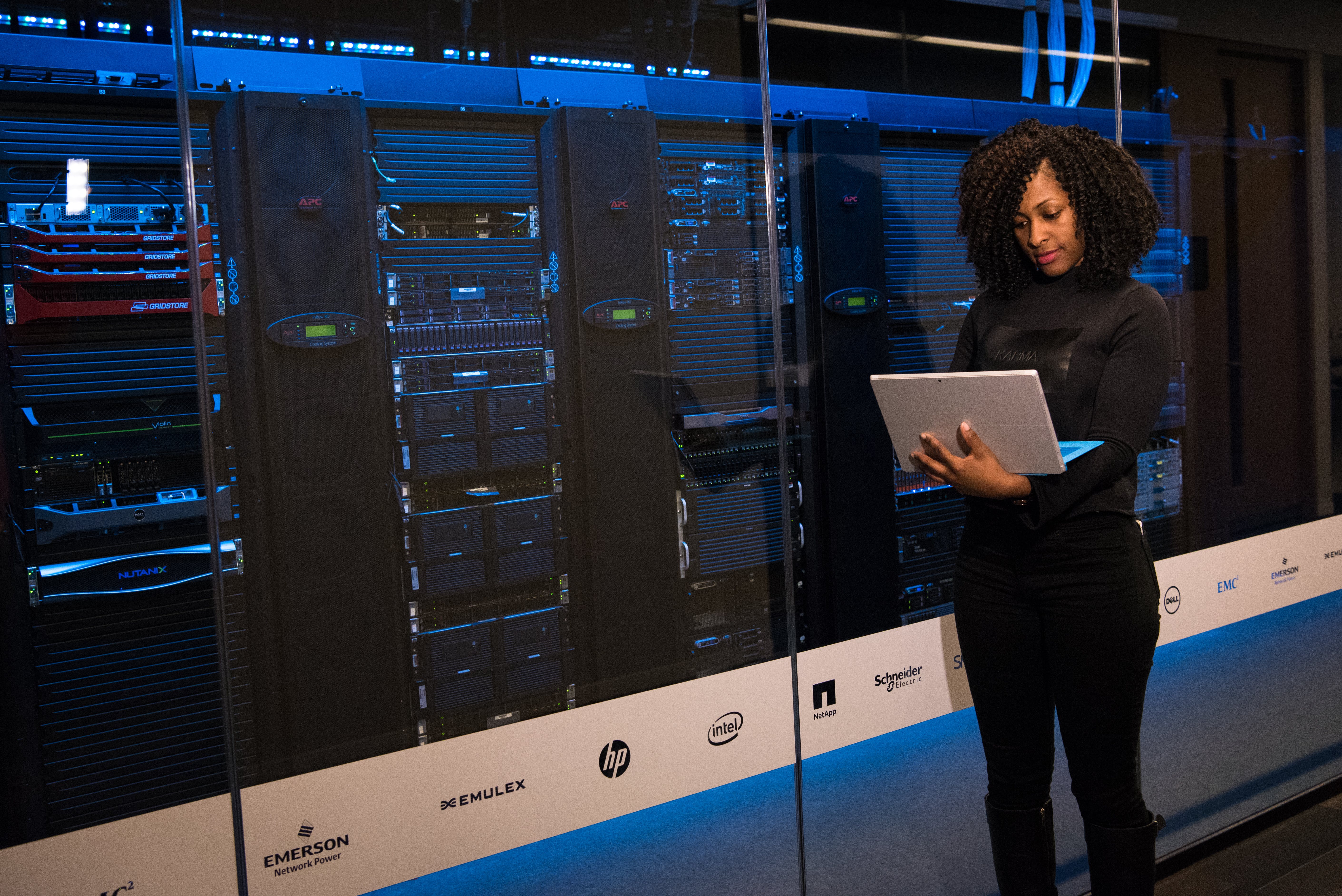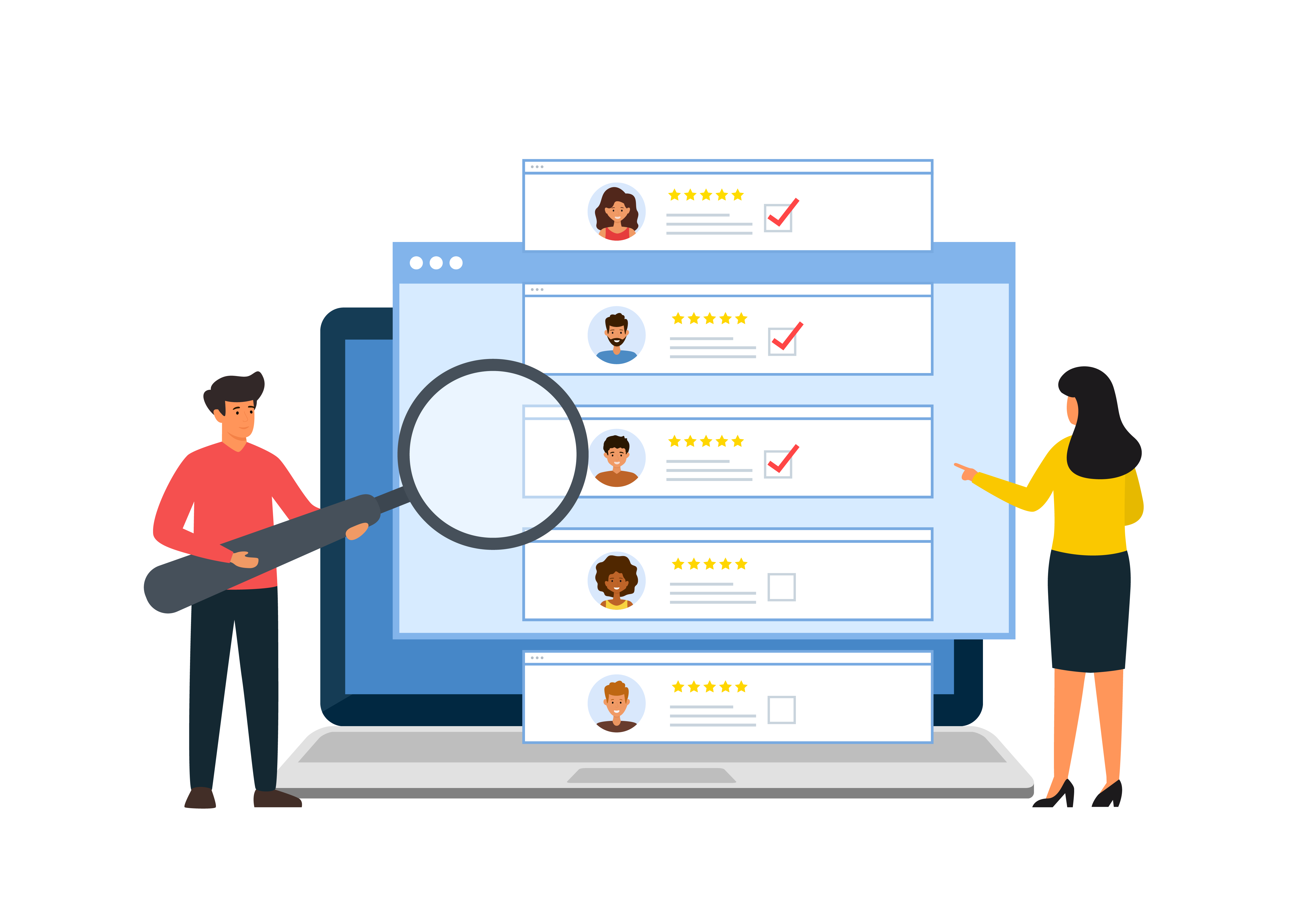Featured
The Ultimate Guide to Contact Center Security
by Erina Suzuki | Published On January 19, 2024 | Last Updated September 19, 2024

In today’s digital world, contact centers serve as the front line of customer communication for businesses across all industries. But with that role comes great responsibility—and risk.
Contact centers that handle high volumes of transactions involving data like credit card information and social security numbers are prime targets for cybercriminals. Threats range from cyber-attacks leading to stolen call recordings to unauthorized access and potential misuse of data by internal staff.
A study by IBM showed the average cost of a data breach is a staggering $3.92 million, highlighting the crucial need for comprehensive security measures in contact centers. In this blog, we’ll dive into why contact center security is so important, the real-world risks and implications of cyber threats, and best practices you can implement to protect your contact center from data breaches. By the end, you’ll be better equipped to safeguard sensitive information and maintain your business's reputation in an increasingly digital world.

The Value of Security Within Contact Centers
Contact centers manage sensitive information daily, including customer names, addresses, payment details, and sometimes even medical records. Given the value of this data, contact centers are prime targets for cybercriminals. A breach not only puts customers at risk but also jeopardizes the company's reputation and financial health. Additionally, non-compliance with data protection regulations like GDPR, PCI-DSS, or HIPAA can result in hefty fines and legal consequences. Therefore, securing contact centers is not just an IT concern; it’s a critical business priority.
Consider, for example, a major financial institution experiencing a data breach in its contact center, leading to thousands of customers' credit card details being exposed. This incident would result not only in significant financial repercussions but also in severe damage to the company's reputation.
The rapid spread of such news can damage customer trust, leading to a loss of business as customers move to competitors they perceive as more secure. A single breach can have a domino effect, impacting long-term customer relationships and brand credibility.
What Are the Risks and Real-World Implications of Cyber Threats?
Cyber threats targeting contact centers come in many forms. Common ones include:
- Sophisticated Social Engineering Tactics: Cybercriminals often exploit human psychology, tricking agents into divulging sensitive information or clicking on malicious links.
- Data Interception: Unencrypted communications can be intercepted, allowing cybercriminals to access customer data, such as payment details or personal identification numbers.
- Unauthorized Access: Without proper access controls, hackers can infiltrate contact center systems to steal or manipulate data.
- Internal Security Breaches: Sometimes, the threat comes from within. Unscrupulous employees might misuse their access to sensitive customer information for fraudulent activities.
Let’s look at a high-profile example: the data breach at JPMorgan Chase.
In response to this breach, where sensitive customer data was compromised, JPMorgan Chase undertook a comprehensive overhaul of its cybersecurity measures. This involved substantial investments in advanced threat intelligence systems, extensive employee training programs, and predictive threat analysis technologies.
Their response after the breach is worth noting as it demonstrates the importance of robust digital defense mechanisms in safeguarding against and responding to cyber threats.

6 Best Practices to Prevent Data Breaches in Contact Centers
So, how can you protect your contact center from these ever-evolving cyber threats? Here are six best practices to help safeguard your data and maintain customer trust:
1. Strengthen Login Security Measures:
Implementing strong login security is the first line of defense against unauthorized access. Solutions like Single Sign-On (SSO), backed by multi-factor authentication (MFA), can dramatically reduce the risk of security breaches. Providers like Okta, OneLogin, Google, and Azure offer robust SSO services that enhance threat detection and reduce password fatigue. By securing access to each agent's specific hardware, you add an extra layer of protection, reducing the risk of unauthorized access if an agent’s credentials are compromised.
2. Implement Role-Based Access Control (RBAC):
Not every employee needs access to all areas of your contact center system. Implementing Role-Based Access Control (RBAC) limits access based on an employee's role and responsibilities. This practice involves setting granular permission levels to ensure that sensitive resources are only accessible to those who genuinely need them. This approach is particularly effective in mitigating risks associated with social engineering attacks; a technique used in over 84% of hacking strategies. By restricting access, you can swiftly respond to vulnerabilities and manage resource access efficiently, thereby enhancing your overall security posture.
3. Utilize Comprehensive Encryption:
Call centers often handle sensitive customer information, which makes robust encryption methods essential. By employing encryption for data in transit (using SSL/TLS and VPNs) and at rest, call centers can significantly mitigate the risk of data breaches. For instance, when using cloud services like Google Cloud, incorporating encryption provides a dual layer of security. This not only protects customer data but also helps your contact center comply with various data protection regulations. Additionally, many cloud platforms offer regular security updates, helping you manage data securely and efficiently without constant manual intervention.
4. Deploy Advanced Threat Monitoring:
With the high volume of customer interactions, advanced threat monitoring is essential for identifying potential security breaches in real time. Cloud services and AI-powered tools can be your best friends in this regard. Platforms like Google Cloud, Azure, and ElasticSearch offer real-time threat detection to monitor unusual activities, such as unfamiliar IP addresses or usage patterns, helping you quickly identify and neutralize potential threats. This level of monitoring is particularly beneficial for contact centers with remote or hybrid work environments. It ensures that both customer data and internal information are protected, which is critical for maintaining customer trust and regulatory compliance.
5. Maintain and Regularly Update Security Policies:
Having strong security policies aligned with frameworks like the National Institute of Standards and Technology (NIST) is essential. Regular audits of these policies ensure they remain effective against evolving cybersecurity threats. Moreover, incorporating security training into your employee onboarding and ongoing development programs can help create a culture of security awareness. Regularly updating security policies is not a one-time task. The cybersecurity landscape constantly changes, so your policies must evolve in response. Regularly scheduled reviews and updates will keep your contact center resilient against new and emerging threats.
6. Regular Security Training for Agents:
Human error is one of the most significant security risks in contact centers. Regular security training can help agents recognize and respond to potential threats, such as phishing and social engineering attacks. By fostering a security-conscious culture, contact centers can minimize the risk of data breaches caused by human error.
Preparing for the Cyber Future
A strong cybersecurity strategy should include advanced technologies, regular reviews of security policies, thorough staff training, and strict compliance with data protection standards. This approach is key to ensuring security and operational resilience in contact center operations.
Safeguarding sensitive information is not just a technical requirement—it’s a commitment to your customers and a vital component of your contact center’s success. As cybersecurity threats continue to evolve, staying informed and proactive in your security measures will set your contact center up for a secure and resilient future.
Discover essential strategies for contact center security by exploring this complete guide on risks, protocols, and cybersecurity best practices.
More from our blog
 In the world of customer service, the success of any contact center depends upon the agents' performance.
In the world of customer service, the success of any contact center depends upon the agents' performance.
 ACD and IVR systems play a key role in many call centers, from retail and banking to hospitals.
ACD and IVR systems play a key role in many call centers, from retail and banking to hospitals.
 Microsoft recently announced Microsoft Teams Phone extensibility at Enterprise Connect. ComputerTalk is excited to work with Microsoft on another early adopter project, continuing our commitment to innovation and seamless integration within the Microsoft ecosystem.
Microsoft recently announced Microsoft Teams Phone extensibility at Enterprise Connect. ComputerTalk is excited to work with Microsoft on another early adopter project, continuing our commitment to innovation and seamless integration within the Microsoft ecosystem.

